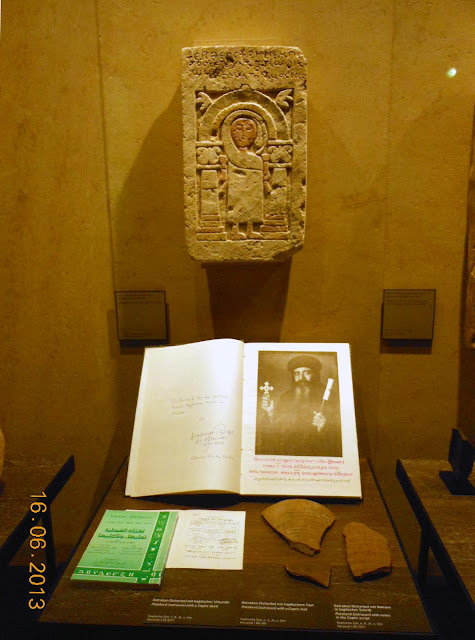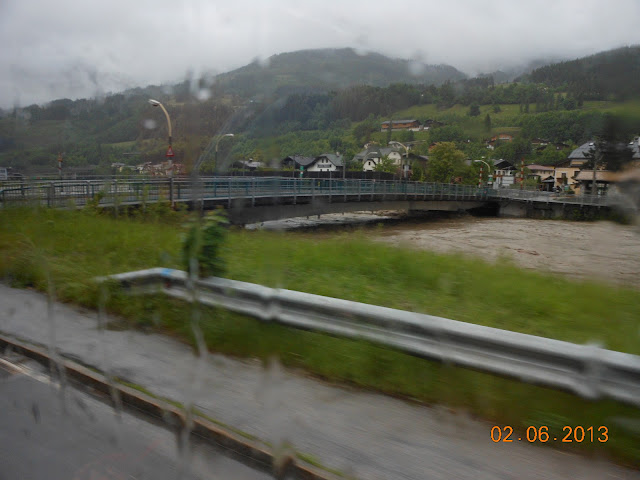it is with pleasure that I publish the report of our Alexei about the Saint Paul Catacombs in Rabat (Malta). Salutations
Giancarlo
The hot weather of 29 June, although buffeted by the strong north westerly winds, provided a good opportunity to visit an underground heritage site, the catacombs of St.Paul in Rabat (Malta).
These catacombs, built during the Roman era in Malta, consist of interconnected cemeteries that were still being used up to 400AD. They are now located within the city of Rabat, but in that era the same location was part of the old capital city Melite (today known as Mdina). Roman law prohibited burials within the city so the hypogeal complex was dug in its outskirts. They were discovered and investigated in 1894.From the official website:
The Catacombs of St Paul are situated in the zone of Ħal Bajjada in Rabat, in an area which is at times also called Tad-Dlam. The site consists of two large areas called St Paul’s and Saints Paul/Agatha, and are littered with more than 30 hypogea, of which the main complex, situated within the St Paul’s cluster, comprises a complex system of interconnected passages and tombs covering an area of well over 2000 sqr metres.
The cluster gets its name from the myth that it was once connected with St Paul’s Grotto, which was once also partly re-cut into a Palaeochristian hypogeum. The origin of the main catacomb most probably started from a cluster of small tombs of the Punico-Roman type and hypogea which were eventually enlarged and joined haphazardly to create the complex system of passages and tombs used in the late Roman period.































































